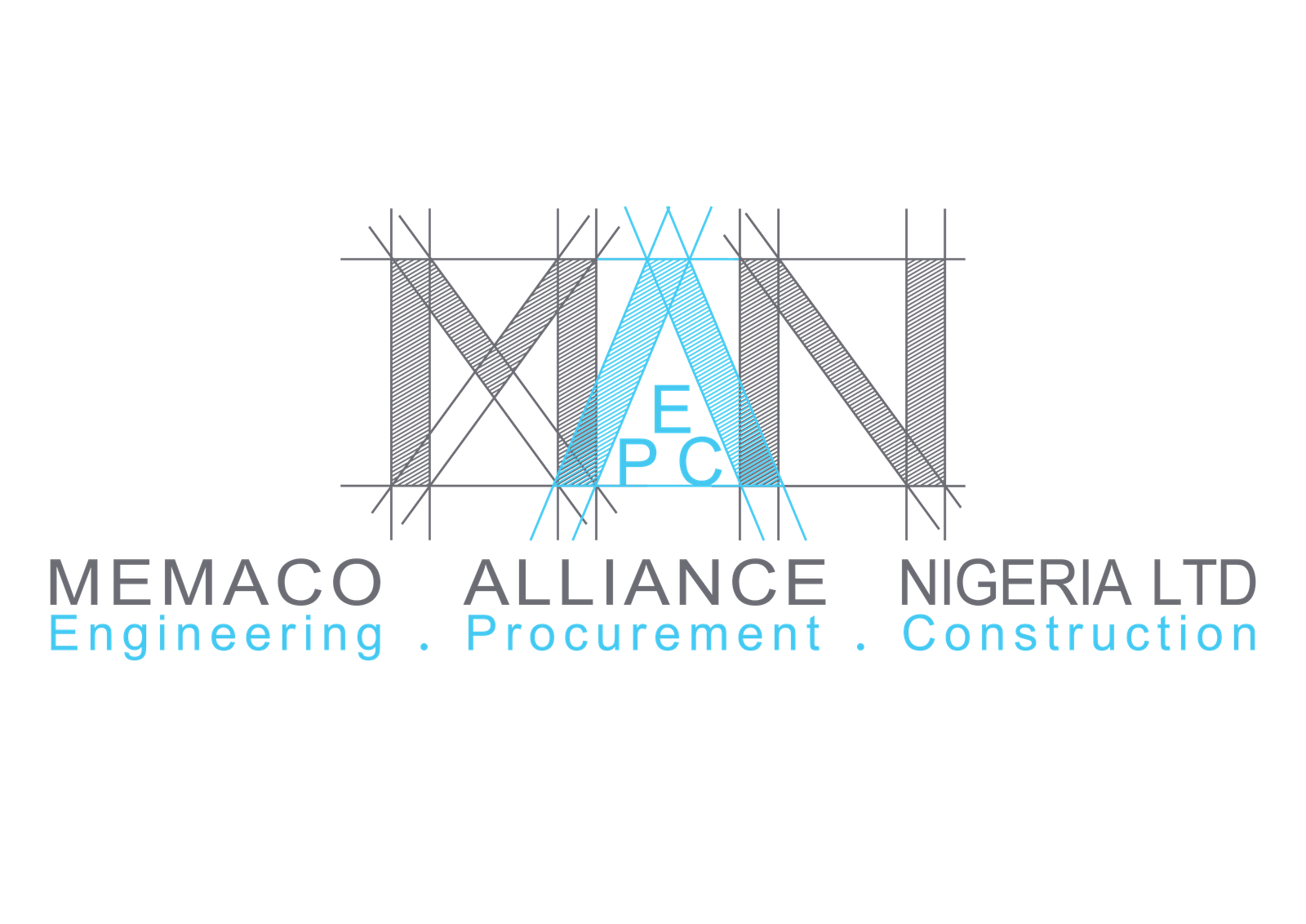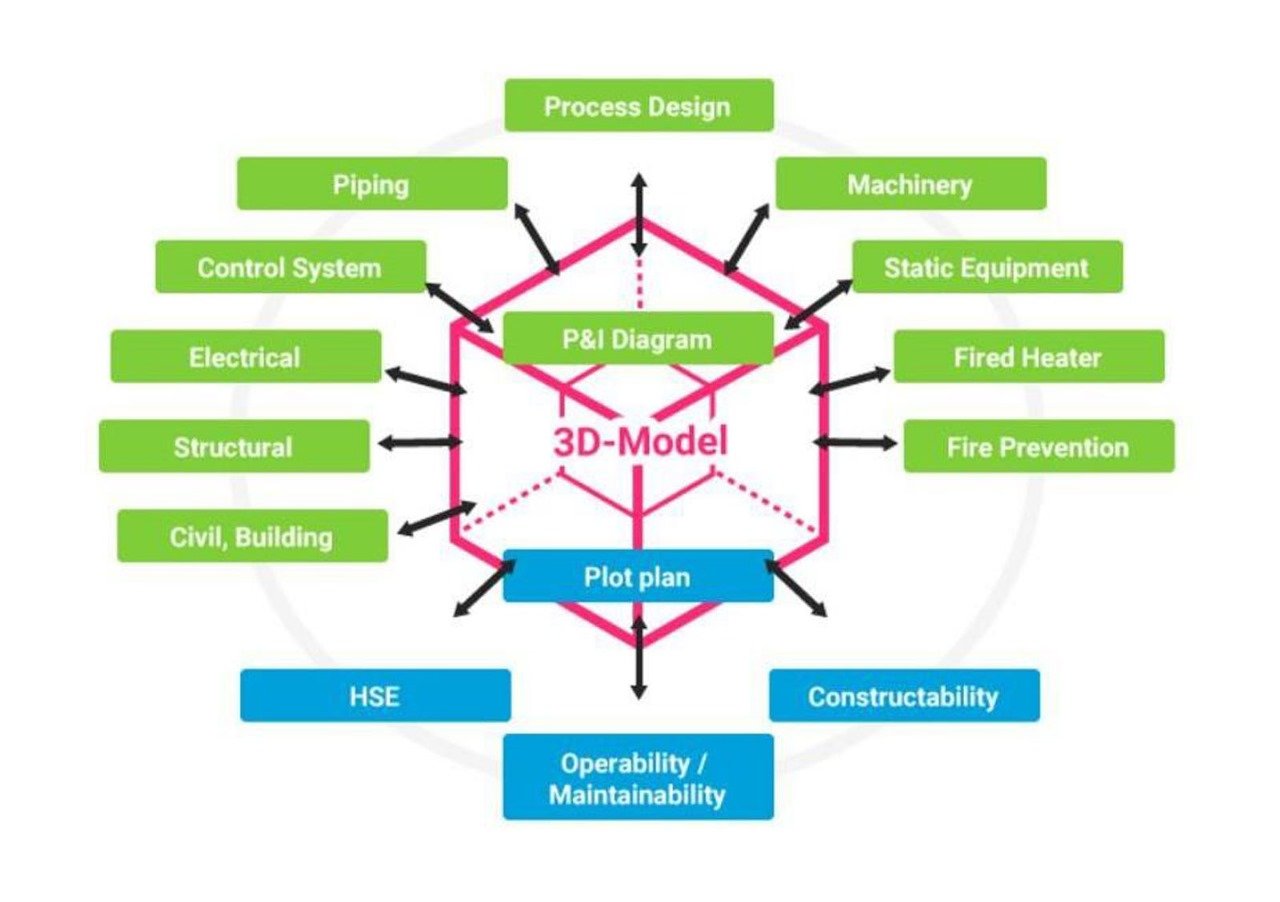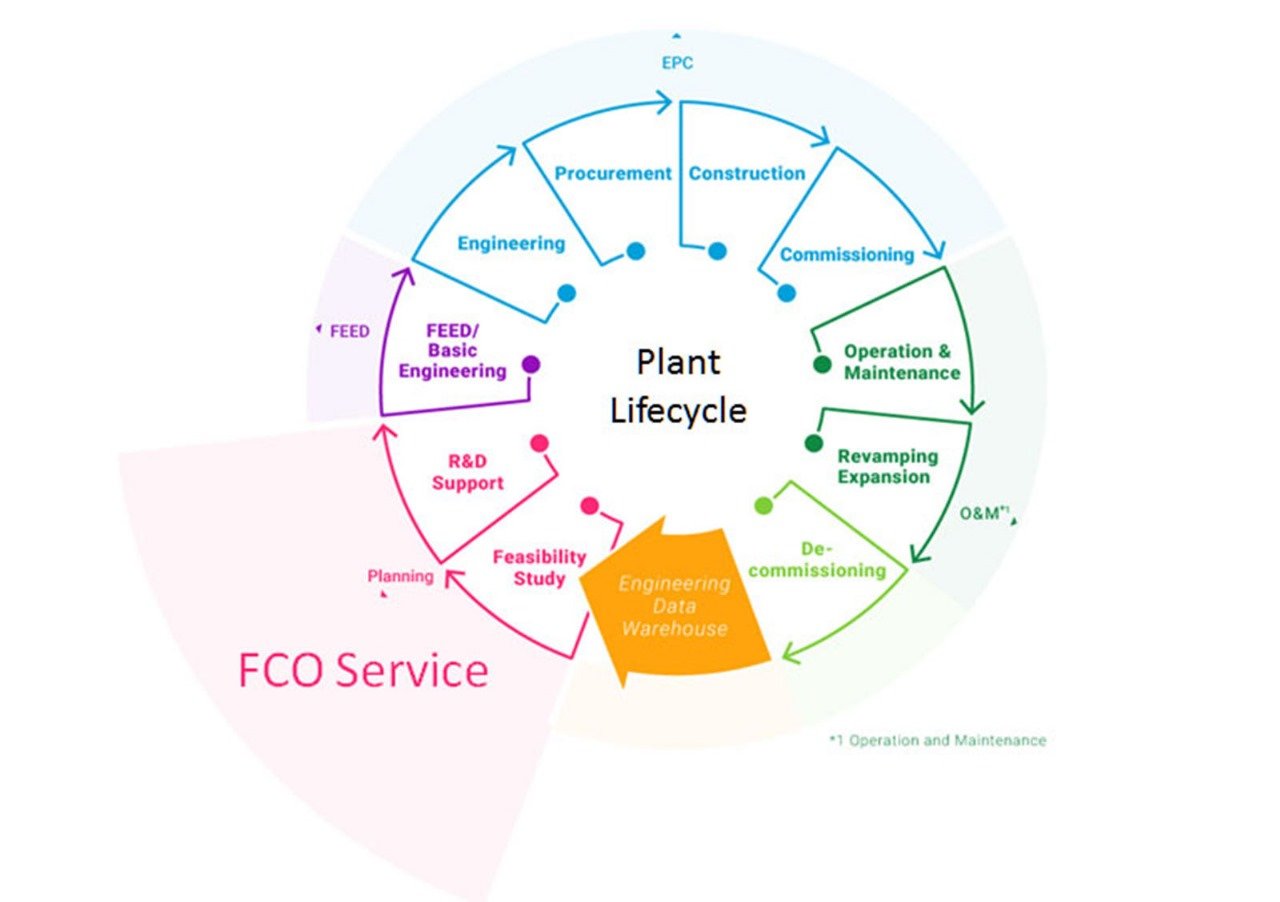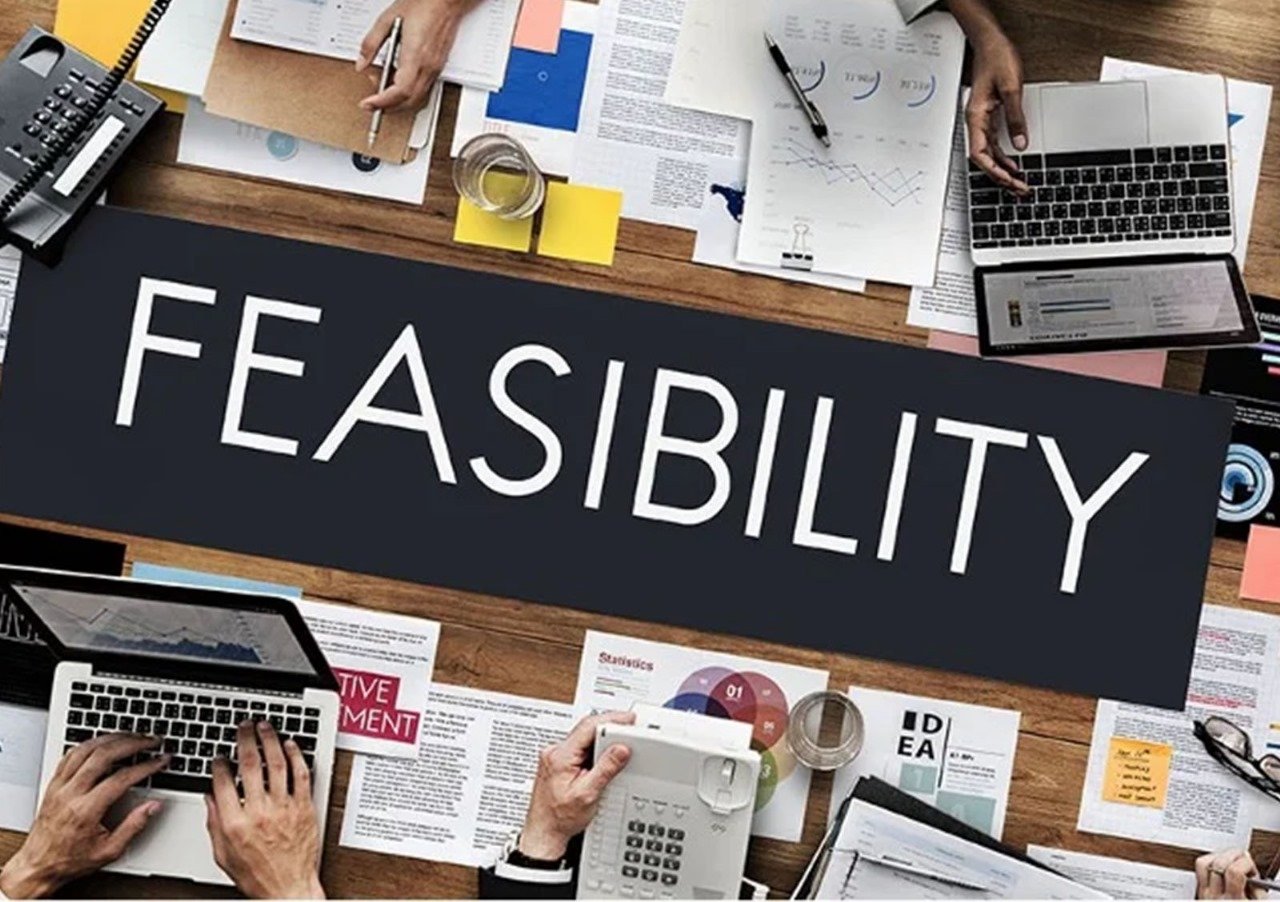Engineering Products
3D Modelling non lorem ac erat suscipit bibendum. Nulla facilisi sedeuter nunc volutpat molli sapien veconseyer turpeutionyer masin libero sempe. Fusceler mollis augue sit amet hendrerit vestibulum. Duisteyerionyer venenatis lacus.
Villa gravida eros ut turpis interdum ornare. Interdum et malesu they adamale fames ac anteipsun pimsinefaucibus urabitur arcu site feugiat in volutpat.
MEMACO can assist in the 3 engineering levels of any type of project
1. Conceptual Engineering Design (CED)
- Establishes a preliminary plan including scope of work and functional specifications.
- Covers the entire project to make it functional as a whole.
- Provides logistics and project sections.
2. Front End Engineering Design (FEED)
- Provides essential information required for detailed engineering design.
- Required by plant owners to complete their EPCC tender package.
- Used for further assessment by plant owners for feasibility evaluation.
3. Detailed Engineering Design (DED)
- Acts as a bridge between basic engineering design and construction phase.
- Ensures close coordination and synchronization among engineering disciplines.
- Provides project owners flexibility in execution timing.
1. Site Plot Plan, land C of O, Assignment in DEED
2. License to Establish (LET) & Authority To Construct (ATC)
3. ESIA Report and Certificate
4. Crude Oil Feedstock Supply
5. Access to Site (Jetty Project Description, Location, Capacity, Waterways,…)
6. Conceptual Engineering Design Report (CED)
7. Comprehensive Feasibility Study Report (CFS)
8. Inside Battery Limit/Outside Battery Limit (IBL/OBL)
9. Project Teaser
10. SPV Proposed Structure and Working Methodology
11. Project Budget
12. Financial Model
13. Executive Summary Report
MEMACO can assist in all of the feasibility stages of any type of project
1. Basic Feasibility Study (BFS)
- This is the most common feasibility study. BFS reports include such as Study master Schedule, Project risk register. Design basis for Pre-Feasibility phase, basic plot plans (Lake and surrounding land), Configuration selection, Location selection, Capacity phasing plan with review on utility impacts, Flexibility analysis determining the impacts and requirements. Final study reports, Construction philosophy, Man power estimates for construction, commissioning and operations. Overall operations and maintenance philosophy. HSE philosophy, Support for requisite environmental permit applications and Environmental Impact Assessment, Qualitative environmental risk analysis. Cost estimating methodology, cost breakdown structure and overall estimate plan, Capital cost estimate. Operating cost estimate. Owners Cost.
- The construction cost estimates at this stage are Feasibility study estimate used to study the feasibility and viability of the project with an accuracy of +/- 30%
With an Ultimate goal to reach a Decision To Proceed (DTP)
.
2. COMPREHENSIVE Feasibility Study (CFS)
- A comprehensive feasibility study is an all-inclusive report that takes into consideration some of the most rational business practices one should implement before undertaking any project. The CFS includes data on land acquisitions and real estate issues, economic and cultural impact on the greater surrounding areas, and more. Such comprehensive studies found in business plan features with a detailed review (if a client wants a very long and detailed analysis). The Basic feasibility study together with the CFS report is the most popular feasibility study. .
- The cost estimates at this stage are called budgetary estimate which are developed from conceptual engineering design with an accuracy of +/- 15%
The cost estimates at this stage are called budgetary estimate which are developed from conceptual engineering design with an accuracy of +/- 15%
3. Financial & Economic Feasibility (Bankable) (FEF)
- The Feasibility phase of study will proceed based on key decisions made at the conclusion of the CFS study. It is expected that the organic fertilizer plant location and configuration be fixed. The logistics configuration will also be fixed. As the level of detail significantly increased at the feasibility phase, various additional project execution and management deliverables are required to ensure the study progresses smoothly.
- The cost estimate at this stage are tender estimates based on nearly finalized project data and engineering with an accuracy of +/- 5%



